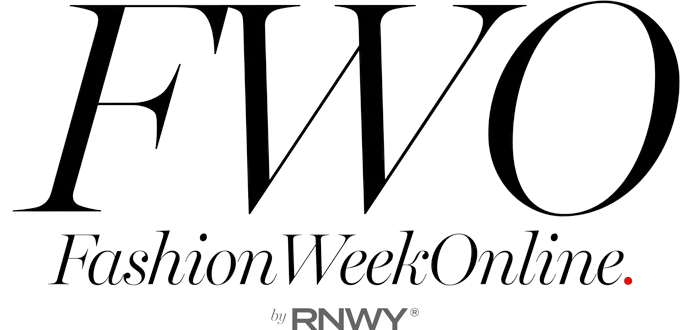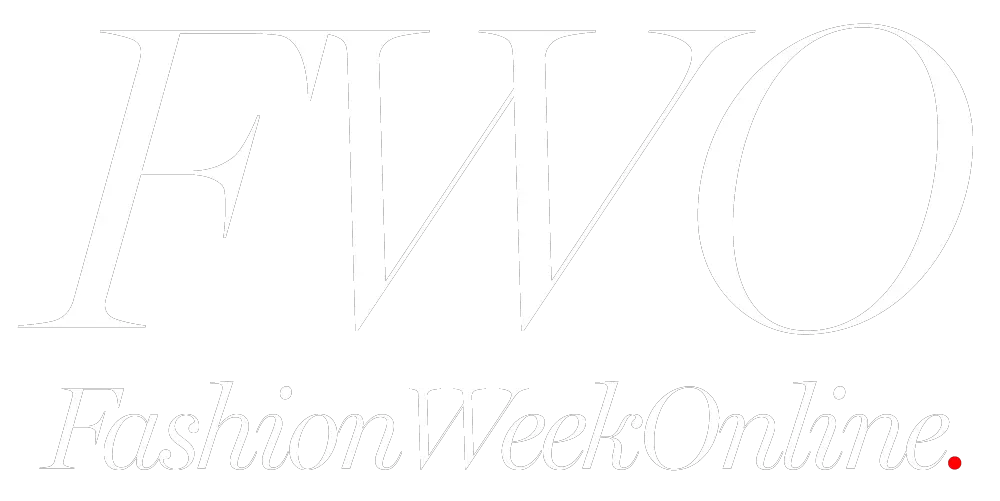For decades, beauty marketing has leaned heavily on youth, often sidelining women once they reach their 40s. Yet, women over 40 not only make up a significant share of the consumer base but also hold enormous cultural and economic influence.
Centering this demographic in the beauty conversation isn’t just an overdue nod to inclusivity—it fundamentally changes how we define beauty, innovation, and empowerment.
The Case for Change
Women in their 40s, 50s, and beyond are living longer, healthier, and more dynamic lives than ever before. They are entrepreneurs, creators, and leaders of households and industries alike.
Despite this, beauty campaigns have historically sent a subtle but powerful message: after a certain age, visibility fades. Products are marketed as “anti-aging,” emphasizing the need to correct or hide signs of maturity.
But the narrative is shifting. Forward-thinking brands and voices in the industry are recognizing that beauty is not defined by youth alone.
When women over 40 are placed at the center of beauty storytelling, the entire industry benefits—from innovation in product development to healthier, more authentic standards of self-worth.
Expertise: Meeting Real, Evolving Needs
The physiology of skin and hair changes significantly after 40. Collagen production slows, skin elasticity decreases, and hormonal shifts—especially through perimenopause and menopause—impact complexion, hair texture, and overall appearance. These are not problems to be “fixed” but natural progressions that deserve tailored, supportive care.
Dermatologists and skincare experts emphasize the importance of science-backed solutions for mature skin: hydration-focused formulations with hyaluronic acid and ceramides to address dryness, peptide-rich serums to support collagen and firmness, pigmentation-balancing treatments to even out skin tone, and haircare designed for hormonal shifts, such as thinning or texture changes. For women navigating these changes, even everyday beauty routines benefit from slight adjustments learning everyday makeup tips for mature skin can make products look more natural and comfortable, enhancing radiance without heavy coverage.
Until recently, most beauty products overlooked these needs. However, research-driven brands are now creating menopause-conscious skincare and haircare, guided by clinical studies and tested on mature women. This expertise elevates beauty beyond superficial trends, offering functional, effective solutions that genuinely improve confidence and self-care.
Brands Leading the Way in Celebrating Women Over 40
A growing number of beauty brands are redefining the conversation around aging, offering products and campaigns designed to celebrate—not conceal—the beauty of women over 40.
- Laura Geller Beauty
Laura Geller has become a trailblazer in championing mature beauty. Famous for makeup designed to flatter textured, aging skin, the brand consistently features women over 40—and even 50, 60, and beyond—in its campaigns. Its tagline “Beauty is ageless” resonates with women who want radiant, effortless makeup without heavy coverage. - Stripes by Naomi Watts
Founded by actress Naomi Watts, Stripes focuses on the skincare and wellness needs of women in perimenopause and menopause. From barrier-supporting creams to hydrating serums, Stripes addresses hormonal skin changes with science-backed solutions. - Sarah Creal Beauty
After surveying thousands of women who felt invisible in beauty marketing, industry veteran Sarah Creal created a line specifically designed for those over 40. Her products prioritize natural radiance and skin health over “anti-aging” gimmicks. - Look Fabulous Forever
This UK-based brand is dedicated exclusively to mature women, with makeup formulated to enhance natural features and adapt to changing skin textures. Its inclusive tutorials and real-customer marketing approach have made it a trusted name for pro-age beauty. - Jones Road Beauty by Bobbi Brown
Bobbi Brown’s Jones Road Beauty champions skin-friendly, minimal makeup that works beautifully on mature complexions. The brand’s lightweight formulas and “less-is-more” philosophy cater perfectly to women seeking a fresh, modern look. - Boom! by Cindy Joseph
Created by makeup artist and age-positive model Cindy Joseph, Boom! promotes a philosophy of “pro-age” beauty—celebrating every stage of life. Its simple, multi-use sticks enhance natural glow without hiding signs of maturity. - IT Cosmetics
With dermatologist-tested products like the “Your Skin But Better CC+ Cream,” IT Cosmetics has become a staple for women seeking high-performance makeup with skincare benefits. Its marketing often features real women of all ages, reinforcing age inclusivity.
Authority: Women Leading the Narrative
Authority in beauty has traditionally been held by youthful, idealized models. The rise of women over 40 as industry leaders, influencers, and founders is rewriting that script.
Laura Geller, a pioneer in makeup designed for mature skin, has long championed age inclusivity. Her brand not only creates products that flatter textured, aging skin but also consistently features women over 40, 50, and beyond in campaigns—challenging the industry’s youth-centric norms.
Similarly, seasoned beauty executive Sarah Creal launched a line specifically for women over 40 after surveying thousands of mature consumers, with nearly 90% saying they felt unseen by existing beauty offerings. Naomi Watts, an acclaimed actress, founded Stripes, a wellness-beauty brand focusing on menopause care.
Meanwhile, influencers like Patti Roberts and Erica Taylor demonstrate that style, glamour, and individuality thrive well into midlife and beyond. Their growing platforms attract major brand collaborations, proving that authority doesn’t diminish with age—it diversifies.
Trustworthiness: Building Authentic Connections
Trust is a cornerstone of E‑A‑A‑T, and in beauty, it stems from honesty, representation, and results. Women over 40 have grown weary of marketing messages promising to “reverse time.”
They seek brands that speak candidly about aging as a natural, beautiful process, use realistic, relatable models with visible texture, lines, and gray hair, provide transparent ingredient lists and clinical data to validate product claims, and offer safe, dermatologist-tested solutions specifically formulated for their needs.
Campaigns like Avon’s “Power of Ageing” and inclusive initiatives from major retailers (such as Sephora’s dedicated menopause section) have started to resonate deeply with consumers. By acknowledging, not denying, the lived experience of mature women, brands earn authentic loyalty and long-term trust.
Cultural Impact: Redefining Beauty Standards
When women over 40 are visibly and proudly represented in beauty campaigns, the ripple effects extend beyond commerce. Seeing women in their 40s, 50s, and 60s portrayed as aspirational challenges the cultural notion that beauty “expires” with age. This visibility fosters empowerment not only for the women featured but for entire generations watching societal attitudes evolve with effortless elegance brought in my self care.
Women over 50 alone contribute more than $20 billion annually to the U.S. beauty market. By designing for and marketing to this demographic, brands tap into a highly loyal and lucrative audience, driving innovation and growth.
Mature beauty conversations increasingly blend with discussions around mental health, nutrition, hormone balance, and overall well-being. This holistic approach reflects the multifaceted needs of women navigating midlife and beyond.
Benefits for Women
Centering women over 40 in beauty isn’t just symbolic—it delivers tangible benefits. Personalized care means skincare and makeup developed for mature skin reduces frustration and increases product efficacy.
Authentic media portrayals strengthen self-esteem and a sense of belonging. Social platforms and brand initiatives create supportive networks where women can share experiences and advice. Shifting the narrative from “anti-aging” to “pro-living” fosters confidence and self-celebration.
Benefits for the Industry
The beauty industry itself gains when it elevates mature women. Brands access a consumer base with significant disposable income and long-term loyalty. Addressing real age-related needs drives research in skincare science and product technology.
Companies that champion inclusivity remain aligned with modern values, appealing to both mature and younger demographics. And by demonstrating thought leadership, expert-backed formulations, and authentic advocacy, they enhance their authority and trustworthiness in the market.
Overcoming Challenges
While progress is visible, many barriers remain. Persistent ageism continues to portray aging as something to combat rather than embrace. Larger corporations can be hesitant to invest heavily in niche (yet growing) mature beauty categories. Even inclusive campaigns sometimes contradict themselves with anti-aging rhetoric.
To truly center women over 40, brands must commit to consistent, respectful messaging, involve mature women in decision-making, and prioritize research-driven product development.

The Future: A Beauty Landscape for Every Age
As more women over 40 step into leadership roles within beauty, and as cultural awareness of age diversity grows, the industry is poised for transformation. Hormone-smart skincare and supplements will become mainstream, addressing menopause and beyond. Makeup innovations will focus on enhancing natural texture rather than masking it. Advertising norms will evolve to include gray hair, wrinkles, and varied body types as integral—not tokenistic—elements of beauty storytelling. Mature-led startups will continue to push boundaries, forcing established players to follow suit.
This shift doesn’t diminish youthful beauty but broadens the definition of beauty itself, making it more inclusive, relatable, and empowering for all ages.
Conclusion
Placing women over 40 at the center of beauty is more than a trend—it’s a cultural awakening rooted in expertise, authority, and trustworthiness. It acknowledges real physiological needs, amplifies the voices of mature women shaping the industry, and builds authentic connections with consumers long overlooked.
Ultimately, beauty is not a countdown but a continuum. Confidence, style, and radiance do not disappear after 40—they evolve, becoming richer, more complex, and deeply powerful. When we honor that evolution, we don’t just change marketing campaigns—we reshape society’s very perception of what it means to be beautiful.
##





